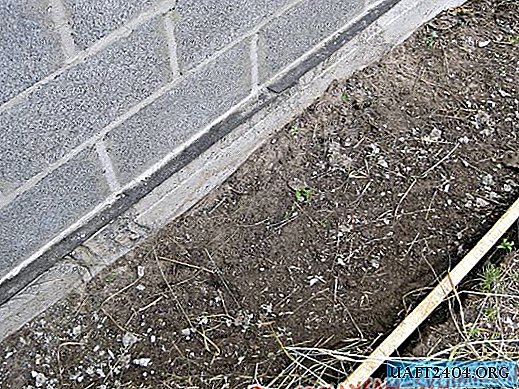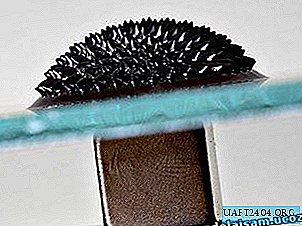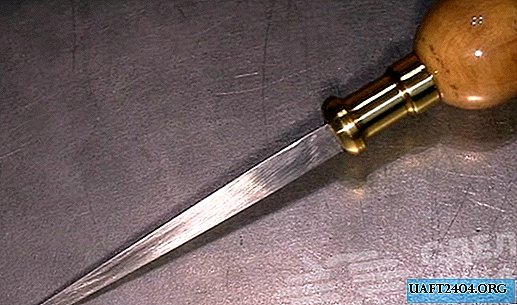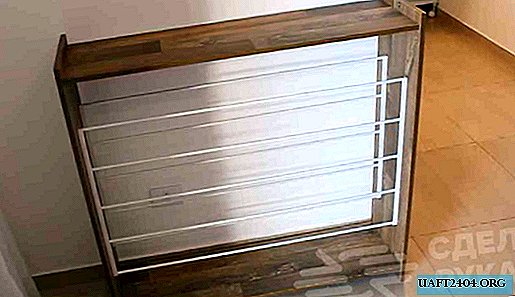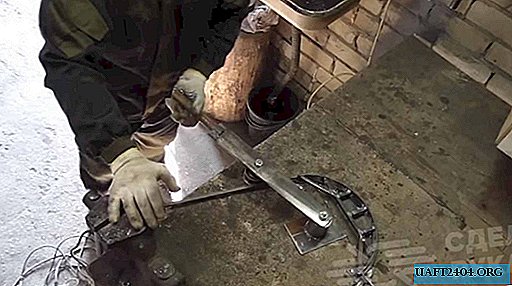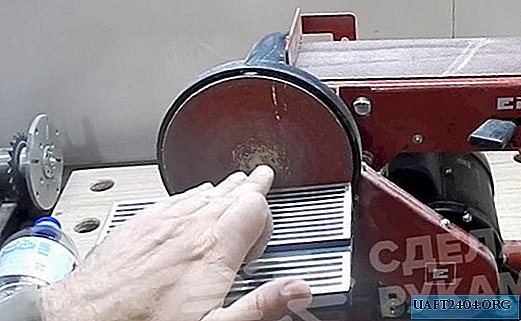Share
Pin
Tweet
Send
Share
Send
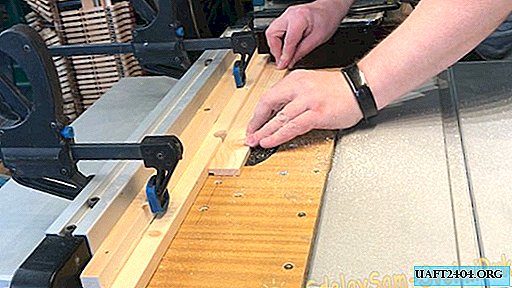
The convenience and versatility of this device is that an expansion table from a circular saw is used as a support for the milling table. As a result, the standard parallel emphasis can be used both for circular and for the milling cutter. In this case, the milling cutter is used to the maximum. And another plus is that in the manufacture of no changes are made either to the design of the milling cutter or to the design of the circular saw.


You will need:
- Plywood or chipboard.
- Long bolt M8.
- Pillow block bearing.
- Metal bar 8 mm.
- Nuts, washers, screws, screws.
- Glue.
Manufacturing process
From plywood or chipboard, we make a workpiece in the size of the opening formed when the expansion table of the circular saw is fully extended. And according to the size of the soles of the router, previously circled in pencil, we saw through the hole. This will allow the sole of the router to be brought out to the plane of the table, that is, it will allow to use the maximum reach of the mill.

As holders we use metal rods with a diameter of 8 mm. In this case, these are construction brackets with sawn sidewalls.

Now in the countertop we mill grooves of such a depth that the sole of the milling cutter, lowered with the holders into its niche, comes out on the same plane with the countertop. We also milling places for wooden clamps.

We make wooden clamps ourselves, in which we drill through holes for mounting screws. On their back side with a round file we select semicircular grooves in which metal holders will abut.

In the table, drill holes corresponding to the holes in the wooden clamps, and fix the fixing screws.

The milling cutter with metal holders, which are inserted into the standard tool holes, is placed on the table and fixed with wooden clamps, adjusting the exact exit to the same plane of the milling cutter base and the table with the wing nuts.

We reinforce the table with longitudinal stiffeners, fixing them to glue and screws. Using a circular saw at the edges, we select quarters that allow the regular parallel emphasis of the circular saw to move freely above the table.

The milling table itself is ready, now you need to make the elevator mechanism.
From plywood 20 mm thick (in this case, glued blanks from plywood 10 mm) we make a stationary stand. A plywood pusher is attached to it on an axis of a bolt and nut M8, which abuts against a mill body with a semicircular protrusion. The pusher from both ends is made in the form of a fork. Using metal spacer plates, the pusher is connected to a movable block sliding on the thread of a long M8 bolt during its rotation.

We make a movable block from a wooden block and a driven M8 furniture nut.

At the top of the table we make a blind hole with a diameter slightly larger than the diameter of the thrust bearing. We put the bearing on the bolt and put it in the hole. The bolt head will serve to actuate the elevator mechanism.

On the reverse side we fix the bolt with a self-locking nut, but do not tighten it to the end, leaving the bolt free to rotate.

Our milling table with a simple and convenient elevator is ready.

We fix the milling cutter in the made table, set everything in the expansion of the circular saw.
By rotating the bolt head, we smoothly raise the cutter to the desired height.

The router is ready to go.

Conclusion
It turned out a mobile and convenient mechanism that allows you to smoothly set the exact milling cutter over the table up to the maximum, and process the workpieces using the regular parallel emphasis of the circular saw. In this case, no design changes are made to the proprietary power tool. In this work, we used the Makita 2704 circular saw and the Makita RT0700CX2 milling cutter.
Share
Pin
Tweet
Send
Share
Send

